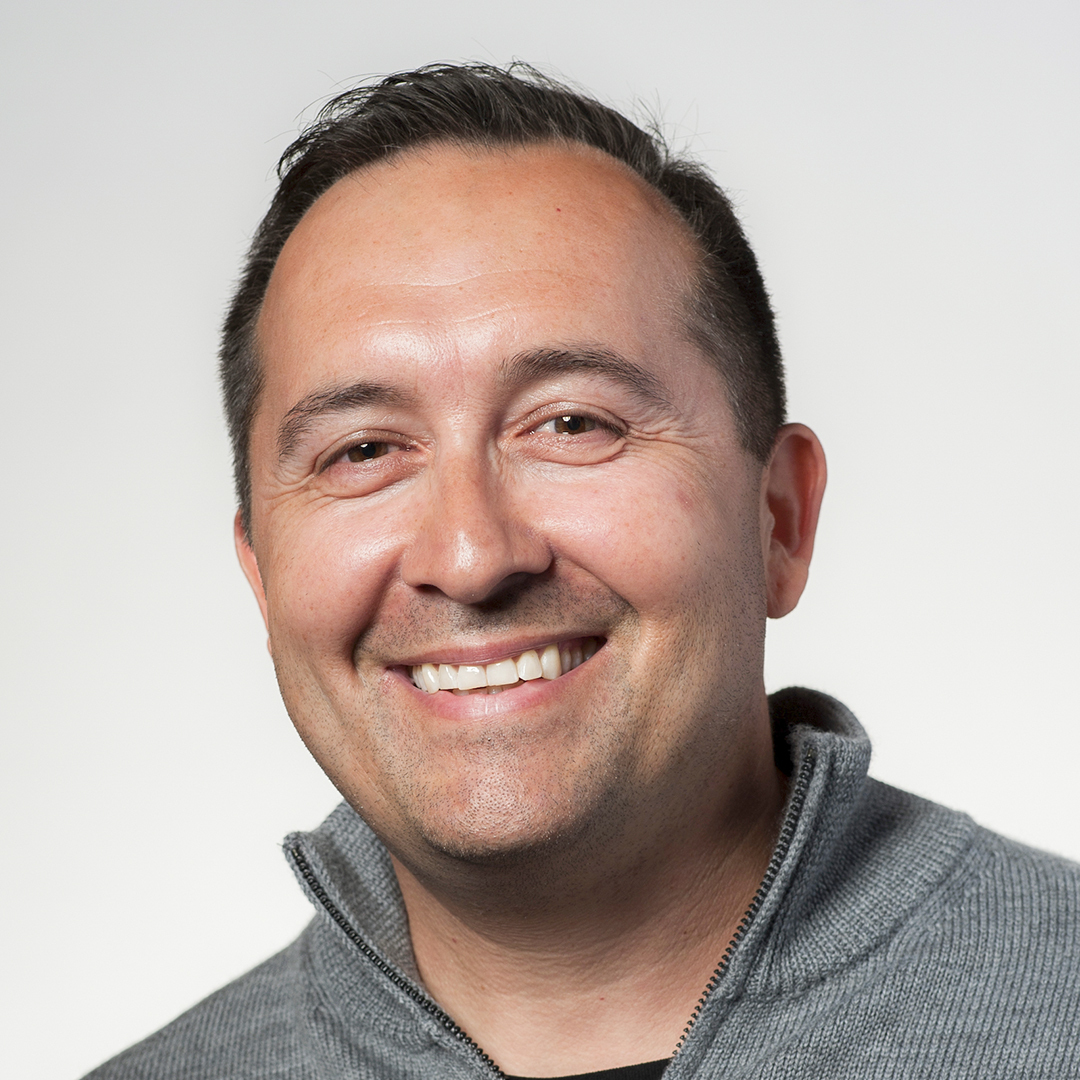|
Getting your Trinity Audio player ready...
|
Christopher DeLuco, vice president of revenue cycle management and clinical practice for Memorial Sloan-Kettering Cancer Center, one of the world’s premier cancer centers, oversees the physician billing operation and hospital billing operation. But more so, he brings two important segments of healthcare together, balancing the physician’s world and the hospital world every day so the two units connect and run smoothly.
“From when a claim gets submitted to when a check comes in and gets posted, that whole line of work focuses heavily on accounts receivable and ensuring that all the elements of cash flow side operationally are met,” he says. “While the two billing worlds I deal in have different rules and requirements, the core unit is typically one instance, so being able to connect those dots and see how they cross over the different operational functions is how I spend my day.”
He began his career at Memorial Sloan-Kettering in 2005, spending nine years as operations manager and associate director in the physician billing department. But he left to join Montefiore Health System in 2014, noting it was a new experience in a much different environment, as it was not focused on cancer.
In 2019, DeLuco returned to Memorial Sloan-Kettering, and believes his decade of experience has changed his outlook and view of cultural assessment and needs within his department.
“One of the things I try to do well is ensure we are communicating directly with everyone on the team and doing it as soon as possible,” he shares. “If we’re planning a redesign structural plan, we want to physically get in front of the team in one room and in small groups to talk about what we’re thinking about, why we’re planning it, and how we will continue to communicate with them.”
One common challenge in this business, he says, is that people are always trying to reorganize and change things all the time, but there’s an emotional impact that takes its toll as workers are unsure about what it means to them.
“One of the things we’ve found is by being fully transparent on what the plan is and push why we’re doing it,” DeLuco says, “it helps the team understand the decision-making process and makes them more comfortable in asking questions. With a clear and definitive plan, they know what’s coming next.”
He’s seen a positive reaction from this and adds that he wants to avoid the mass email communication, which is impersonal and doesn’t explain the “why” as well as meeting in person does.
“Often, the concern I see is how we’re going to do something and not understanding the why. By bringing them all to the table, we answer that.”
“The team has been responsive to undergoing new training, taking on new tasks, and it’s made the whole process a lot easier to the point where retention has been really strong,” DeLuco shares. “They are committing to us through the change, and I think that’s what will give us success in the long run.”
For instance, he’s currently leading a change on the hospital billing side that will see the unit transform to a new model. When looking at the organization structure in use, it didn’t make complete sense to DeLuco and he wanted to create a holistic approach that would better align and make the workflow easier for the staff and partners involved.
“Chris’s vision, leadership, insights, and energy have been extremely important,” says Randy Notes, partner of healthcare revenue cycle at RSM US LLP. “He and his team have been essential partners to RSM in rolling out specific, value-added revenue cycle initiatives.”
Even before he knew what the final process would look like, DeLuco started meeting with staff in December 2019 and talked about what was planned and operated an open forum where people could ask questions, share ideas, and understand what was going to happen. From temps to all the way up the chain, people would weigh in on the potential change, and it made the transformation that much more successful.
DeLuco has revised the revenue cycle process to further drive efficiency by creating revenue cycle huddles. So, instead of an official meeting every week or two, he organizes smaller meetings where people sit on sofas and chairs (never the table) and huddle around key metrics to talk about what the goals are for the days ahead.
“It’s short-term, narrow-focused information sharing, and that’s been able to bridge a lot of the gaps across the leadership structure,” DeLuco explains. “You could have the supervisor sitting next to the assistant manager or the director and myself. We’re all having the same discussion so there’s more transparency. We do it for just thirty minutes, so it requires us to be very direct and efficient and allows for information to flow across all departments.”
Across both teams, DeLuco leads approximately 250 staffers. He feels that being a good leader comes down to understanding why one makes the decisions they do and being able to share it with everyone.
“You don’t want to push down tactics, but rather share an overall strategy. Having both parties at the table and being able to articulate why goes a long way,” DeLuco says. “Often, the concern I see is how we’re going to do something and not understanding the why. By bringing them all to the table, we answer that.”
Looking ahead, DeLuco says there are a lot of tasks done that are routine yet take up a lot of time, and Memorial Sloan-Kettering is turning more to automation.
“We are turning more to robotic processing. We want our staff to do more thoughtful analytical work and invest in more of the complex problems we face,” he says. “We don’t want to be investing our valuable intellect into easy tasks where you just hit the button at the same time each day. We’ll be moving forward on that and creating further efficiency through these robots in 2020.”

